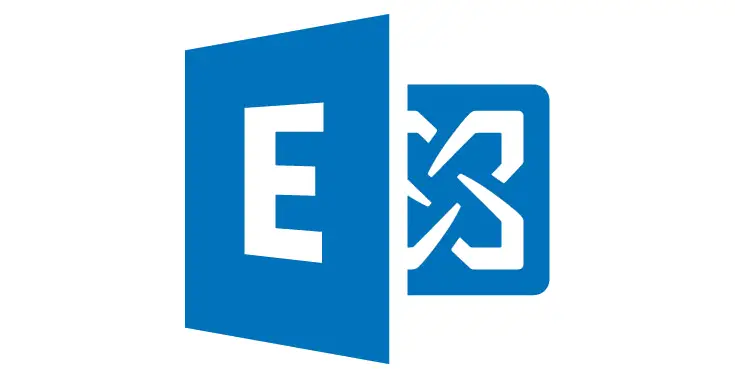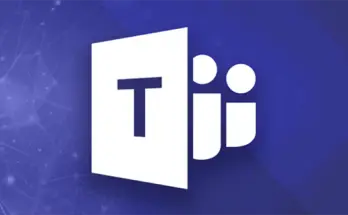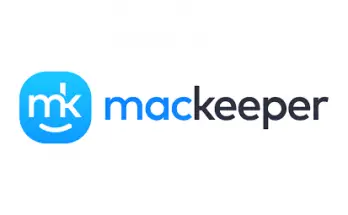If you've come across this article, chances are you're considering replacing your existing MS Exchange Server architecture (or any other on-premise mail server) with a new cloud-based solution managed through Exchange Online.
In this post we'll try to enumerate the most important benefits granted by Exchange Online that could hardly be matched by any on-premise solution - unless you have very limited requirements OR your company is so big and wealthy to achieve the same results with its internal IT team.
As you'll most likely already know, managing a mail server within a corporate infrastructure is not a simple thing, especially for small and medium-sized businesses, and can eventually lead to various security, reliability and stability issues (read this post for a typical example).
Microsoft Exchange Online provides the advantages of a cloud-based email service with the same features, capabilities and customization options of an on-premises server deployment. Simply put, Microsoft will store, manage, and secure your businesses email for a fixed monthly cost.
Here's a list of the main benefits of migrating from a typical on-premise MS Exchange Server to Exchange Online:
- Easy access from anywhere. Exchange Online allows anyone to access his/her e-mail mailbox from anywhere and from any device: you won’t need a VPN or a fixed device, since any user can easily configure their smartphones and tablets or access their email on any web browser. If "web clients" are not your cup of tea, you can use the MS Outlook client which is natively available for Windows, Mac, Linux, Android, and iOS.
- Reliability & Available Anytime, granted by the 99.9% up-time granted by Microsoft's multiple data centers across the world.
- Single-Sign-On (SSO). Exchange Online allows to integrate your on-premises directories, thus providing your users with a common identity to access both cloud and on-premises resources.
- Large Mailboxes & Emails. 50 GB mailboxes, 150 GB archive mailboxes and 150 MB email sizes.
- Real-Time Collaboration using MS Teams, MS Calendar and Office 365 groups native integrations.
- In-Place Archive. The "archive mailbox" feature allows any user to archive his/her old e-mail messages using a dedicated mailbox which works in the same way of the primary mailbox and has all the built-in features (including full-text search).
- E-Discovery. Electronic discovery (sometimes known as e-discovery, ediscovery, eDiscovery, or e-Discovery) is the IT process of identifying, collecting and producing electronically stored information (ESI) in response to a request for production in a lawsuit or investigation. ESI includes, but is not limited to, emails, documents, presentations, databases, voicemail, audio and video files, social media, and websites. Exchange Online seamlessly make this task easy since it allows admins to search across the entire tenant to find exactly the e-mail message (or text) what they're looking for.
- Compliance. Exchange Online meets many compliance and regulations certifications: furthermore, all Microsoft data centers are periodically checked by third-party auditors to certify they meet the compliance and regulatory goals. More specifically, Exchange Online meets the following standards: HIPAA / HITECH,
ISO/IEC 27001, ISO/IEC 27018, SOC 1, SOC-2, DISA, FDA 21 CFR Part 11, FERPA, Argentina PDPA, CSA-CCM, CS Mark (Gold), ENISA IAF, EU Model Clauses, FedRAMP, FIPS 140–2, FISC, FISMA, GxP
CCSL (IRAP), Japan My Number Act, MTCS, NZ CC Framework, Section 508 / VPATs, SHARED ASSESSMENTS, ENS Spain, UK G-Cloud. - Security. Exchange Online has automatic, always-on protection and a dedicated staff to keep the hardware and software infrastructure components safe from new threats and vulnerabilities. Patching is automatic for the customers, and maintenance is always up-to-date.
- Anti-SPAM. All email received by Exchange Online is fed through multiple SPAM filters to prevent malicious e-mail attachments (trojans), as well as social engineering threats (phishing). The filters can be customized to allow certain partners, safe/dangerous IP addresses, content filtering, and more. For additional security, many third-party solutions are available, such as Mimecast, Hornet Security's 365 Threat Monitor, and more.
- Encryption. E-Mail Encryption is one of the most important methods for providing data security, especially for end-to-end protection of data transmitted across networks. Exchange Online provides in-transit and at-rest encryption for all e-mail messages sent and received, whether the client uses Android, Apple, Outlook, Windows, Mac, or the web client.
- Data Loss Prevention. If you've read our MS Exchange Server not available post, you'll most likely already know that there are two types of logical corruption that can occur within an Exchange database: Database logical corruption and Store logical corruption (you can also read the official MS docs for additional details).Exchange Online provides protection against corruption of mailbox data thanks to the Exchange Native Data Protection feature, a resiliency strategy that leverages application-level replication across multiple servers and multiple datacenters along with other features that help protect data from being lost due to corruption or other reasons. Furthermore, Exchange Online has a real-time replication infrastructure and performs several consistency checks on replicated log files during both log inspection and log replay; these consistency checks prevent physical corruption from being replicated by the system.
- Multi-Factor Authentication. Multi-factor authentication is a method of verifying who you are that requires the use of more than just a username and password. If you've read our 2-Factor Authentication tutorial you'll already know that here are generally three recognized types of authentication factors nowadays: something you know, something you have, and something you are. Using MFA for Office 365, users are required to acknowledge a phone call, text message, or app notification on their smartphones after correctly entering their passwords. They can sign in only after this second authentication factor has been satisfied. Furthermore, MFA can be enabled for everyone or a subset of users, thus allowing and additional level of flexibility to the organization (such as activating MFA only for administrative accounts).
- Automated Maintenance & Updates. A big disadvantage of any on-premise MS Exchange Server is the fact that we constantly need to patch & upgrade it - not to mention, keeping it up-to-date with the most recent version of the server itself. With Exchange Online we won't have to think about that, since Microsoft will automatically provide security patches and product enhancements without any intervention from the administrators.
Conclusions
That's it, at least for now: we hope that these advices will help other System Administrators to wisely choose between keeping their existing on-premise MS Exchange Server solution or switch to Exchange Online.



